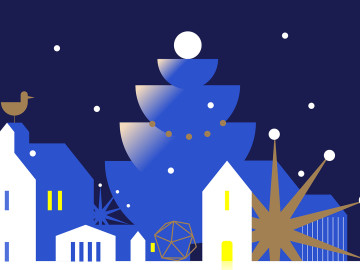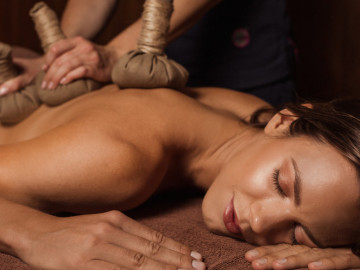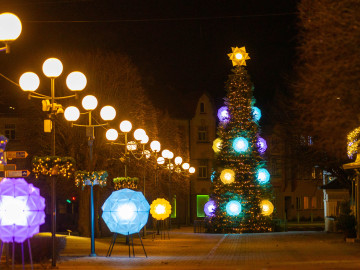What is happening in Jūrmala’s exhibition halls?

Jūrmala’s exhibition spaces offer a diverse programme of art and culture throughout the year. They showcase contemporary art exhibitions alongside displays that highlight the history of the resort and the stories of notable personalities. The exhibition venues are located in historic wooden buildings, public structures built in the second half of the 20th century, and in a post-war modernist landmark – the Art Station “Dubulti”. Jūrmala’s museums and galleries regularly host both Latvian and international artists. Together, they form a dynamic cultural environment with a broad perspective on artistic processes and the city’s identity.
Jūrmala City Museum (29 Tirgoņu Street, Majori)
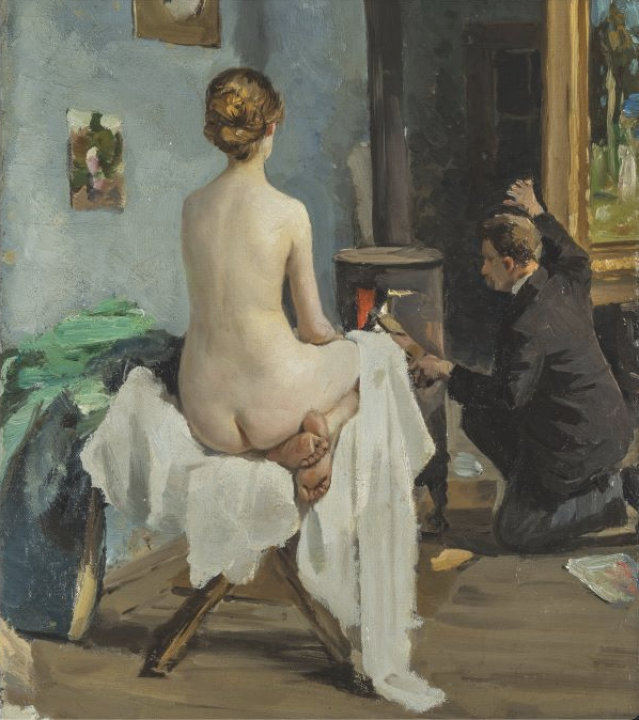
Jānis Rozentāls. Artist’s Studio. 1896. Copy. Photo: Normunds Brasliņš. Latvian National Museum of Art. Fragment.
-
“My Path. From Rozentāls’ School to Becoming an Artist. Jaunsudrabiņš. Kronenbergs. Skulme. Zeberiņš.” (“Mans ceļš. No Rozentāla skolas līdz māksliniekam. Jaunsudrabiņš. Kronenbergs. Skulme. Zeberiņš.”) (24.10.–11.01.2026) – the exhibition tells the story of four artists whose creative journey began in the private art studio of painter Jānis Rozentāls in Riga in 1906. The exhibition reveals their personal and artistic paths through works from the Zuzeum Art Museum, the Zuzāns Collection, the Latvian National Museum of Art, and other collections.
-
“The Doctor at the Resort in the 19th Century” (11 December–24 May, 2026) – an exhibition at the Jurmala Museum exploring the 19th century as a period of rapid change in medicine, science and society, when resorts became an essential part of public health and lifestyle. The display highlights new medical methods, the rise of hygiene practices and the importance of water treatments, as well as the emergence of the resort doctor, a profession closely linked to the development of Ķemeri and the Riga seaside. The exhibition showcases objects from museum collections and private holdings, illuminating major medical discoveries and the shifts in everyday habits that laid the groundwork for modern health culture.
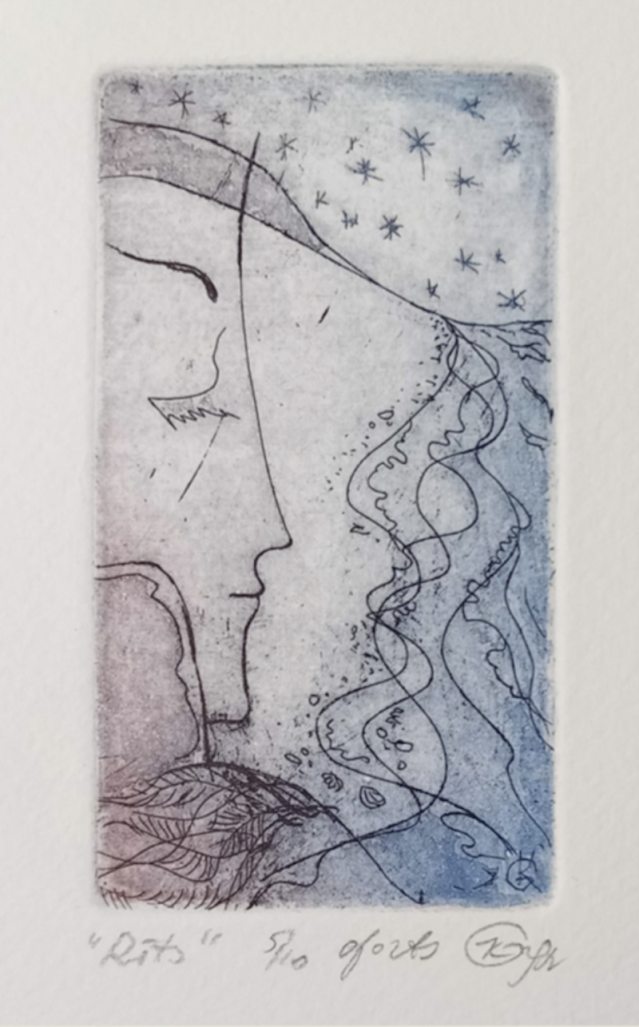
Jurmala Culture Centre (Jomas Street 35, Majori)
- Signe Štrauss and Jekaterina Grjazeva | “In the Mood of the Turning Year” (Gadu mijas noskaņā) (until 12 February 2026) – a joint exhibition by two Jurmala artists at the Jurmala Culture Centre, inviting visitors to pause between the departing and the approaching year. The works reveal the passage of time as a search for light within winter dusk, offering two distinct perspectives on the same moment of transition. In Signe Štrauss’s drypoint compositions, fragility and strength coexist, while Jekaterina Grjazeva’s etchings evoke a nostalgic breath and hint at childhood memories. The exhibition creates a dialogue of light, line and emotional resonance that precisely captures the atmosphere of the year’s turning.

Jūrmala Culture and Environmental Design Centre (Pils iela 1, Dubulti)
- Jānis Pauļuks | “Colour. Brushstroke. Expression.” (Krāsa. Triepiens. Ekspresija.) (until 30.01.2026) – the exhibition Jānis Pauļuks (1906–1984): Painting from the Rietumu Bank Collection reveals one of the most remarkable Latvian modernist masters, whose works combine expressive energy with technical precision. Pauļuks’ painting is imbued with a meditative impulse and dynamic vibration of lines, reflecting his unrestrained temperament and creative freedom. The human figure becomes a central motif in his compositions – both as an individual personality and as an embodiment of the feminine ideal. His artistic signature is also shaped by a meticulous attitude towards colour and materials, influenced by his experience as a calligrapher. The exhibition presents Pauļuks as an “eternal seeker,” whose aim was to bring a new, powerful expressive language into Latvian art.
Art Station “Dubulti” (Zigfrīda Meierovica Prospect 4, Dubulti)
- Vidvuds Zviedris | “Once Grass Was Blue and Skies Were Green” (until 01.02.2026) – the artist’s most extensive solo exhibition to date, exploring the theme of shared responsibility in today’s world through contrasts of scale and tension. Vidvuds Zviedris moves dynamically between painting, large-scale sculpture, objects, and photography, incorporating found materials charged with experience. “What happens to our psyche, considering that violence is so visible, yet our influence so minimal?” asks the artist, who, after many years in America, has returned to his homeland with a renewed creative vision.

Aspazija’s House (18–20 Z. Meierovica Prospect, Dubulti)
- Aspazija’s House | “Aspazija. A Strong Woman. A Portrait” (“Aspazija. Spēcīga sieviete. Portrets”, until 10.01.) – dedicated to the 160th anniversary of the poet Aspazija, the exhibition challenges familiar perceptions, revealing her as a courageous, strong, and self-aware personality. The jury selected 34 artists; the winner is Dita Lūse with her painting Myself (“Es pati”), second place – Madara Neikena, and third – Ieva Liepiņa.

Valdis Bušs
Bulduri Exhibition Hall (6 Muižas Street, Bulduri)
-
“What’s It Worth?” (14 November–30 December) – the competition exhibition invites visitors to reflect on the values of today’s world – both material and spiritual. Through ironic and philosophical perspectives, the artists reveal the worth of nature, health, culture, peace and human relationships, while also prompting reflection on struggle, voice, ideals and loss. The exhibition captures the prevailing mood of society and the era’s desire to balance “more” and “less”, the external and the internal.
The main prize – a monetary award and the opportunity to hold a solo exhibition at the Bulduri Exhibition House – was awarded to Helēna Briede for her work “I Really, Really, Really Want” (“Ļoti ļoti ļoti gribu”).
At the Bulduri Exhibition House, visitors can explore works by 36 contemporary artists selected from 105 submissions, forming a diverse and thoughtfully curated overview of contemporary art. - Visitors can also explore the workshop and creative world of Valdis Bušs (1924–2014), an outstanding Latvian landscape painter and one of Jūrmala’s artistic legends.
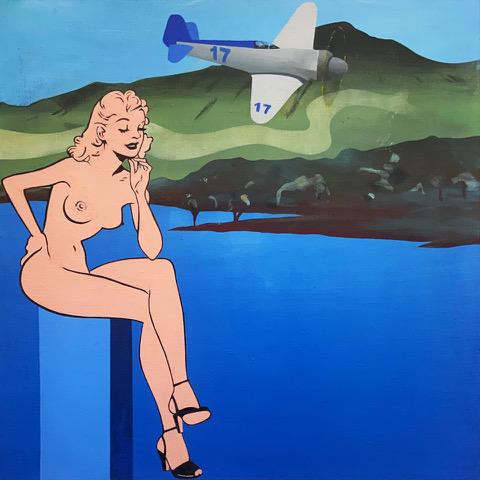
The Thinker, with apologies to Rodin, 2023
Gallery Bastejs (10 Skultes Street, Priedaine)
- Antony Donaldson | “Spotlight on Pop” (6 December 2025–31 January 2026) – An exhibition of paintings by British Pop Art classic Antony Donaldson at Gallery “Bastejs”, where the artist returns to his early 1960s themes of movement, desire, and the tension of the photographic moment. The works reveal his long-standing interest in how images transform over time, the aesthetics of the cinematic frame, and the dynamics introduced by new technologies, offering a contemporary continuation of his Pop Art beginnings.

Jean Denant, Environmental Object “Mare Balticum”, 2025. Photo: Jūrmala City Municipality
New environmental artwork on Dzintari Beach
A new contemporary art installation by French artist Jean Denant – the mirror sculpture “Mare Balticum” – can be seen at the beach exit at Turaidas Street in Dzintari. Made of polished stainless steel, the work imitates the shimmer of the sea’s surface and reflects the sea, sky, shoreline, and the viewer’s silhouette. The object symbolizes the unity of the Baltic Sea countries and draws attention to environmental sustainability. Jūrmala is the first of eight coastal countries to host this artwork.

Uģis Traumanis, Environmental Object “The Knot” (“Mezgls”), 2024. Photo: Jūrmala City Municipality
New environmental artwork in Kauguri Square
In addition to the variety of indoor exhibitions this winter season, visitors are invited to discover a recent addition to Jūrmala’s urban art landscape — the environmental object “The Knot” (“Mezgls”) by Uģis Traumanis (realized by MetalProjekts and DJA – Didzis Jaunzems Architecture). The sculpture symbolizes unity and refers to the fishing heritage of Kauguri, where knot-tying was once an essential skill. Its mirror-polished surface reflects the surroundings — apartment blocks, historical buildings, the Catholic church, pine trees, and the ever-changing Jūrmala sky.


